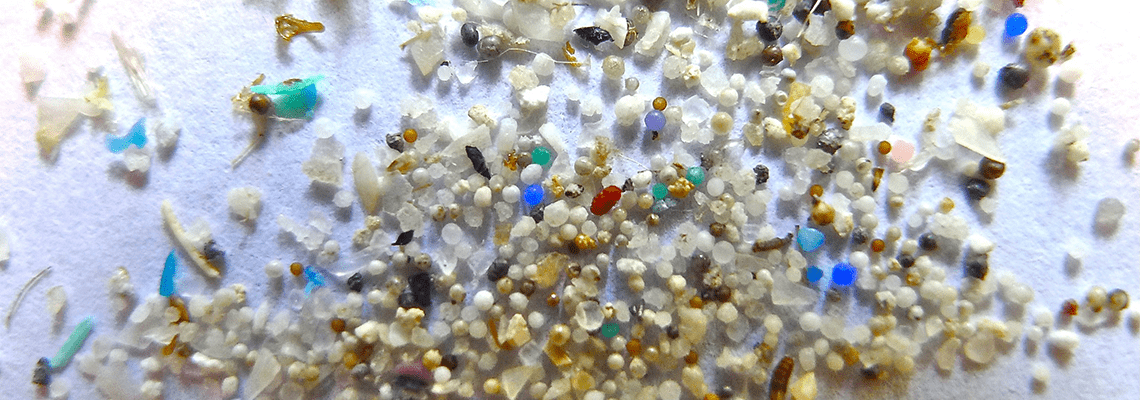More data needed on microplastics and water
Together with pharmaceuticals, the detection of microplastics in both water and wastewater is one of the largest growing environmental concerns.
Yet data and findings documented so far on microplastics passing through wastewater treatment plants (WWTPs) varies considerably and more work is needed, together with a standardisation of testing.
That’s one of the discussion outcomes from the IWA World Congress in Tokyo, where researchers and experts recently gathered to discuss research and project outcomes.
Research gaps
Frederic Leusch from Griffith University in Australia said research gaps remain as many studies so far have tested virgin plastics in the laboratory, whereas it tends to be aged microplastics often found in the environment.
Mari Heinonen from the Helsinki Region Environmental Services Authority in Finland raised the question of what is the role of a wastewater treatment plant – are they a major source of microplastics or just an easy target to pinpoint?
The company started researching this topic in 2012 and she said that microplastic removal in certain WWTPs was as high as 99 percent but this depended on solids removal.
Globally, it’s estimated that as much as eight million tonnes of plastic enters the oceans each year, with plastics ingested by 31 species of marine mammals and over 100 species of sea birds.
Rachel Hurley of Norwegian Institute for Water Research (NIVA) said the “trapping efficiency” of wastewater treatment plants has been shown to vary, although also said some have reach levels of 99 percent.
Data from NIVA estimates that between 110,000 and 730,000 tons of microplastics are transferred every year to agricultural soils in Europe and North America, comprehensively.
Hurley said the amount of microplastics present in sludge from eight wastewater treatment plants across Norway showed a lot of variability. “No wastewater treatment plants are identical,” she added.
She added that the potential to compare between studies is hindered by the lack of standardised data.
MBR the winner
Julia Talvitie from the Finnish Environment Institute presented findings from a recent project entitled ‘Microplastics in Finnish Waters – Assessing their potential threat’.
Speaking in Tokyo, she agreed with other speakers that microplastics can be efficiently removed up to 99 percent wastewater during conventional treatment.
Her study compared membrane bioreactor (MBR) technology, against rapid sand filtration (RSF) and dissolved air flotation (DAF). She commented that while “these technologies were not designed to remove microplastics”, the MBR technology “won this race”.
Data presented showed that primary effluent contained 6.9 MP/L (microplastics per litre) but after MBR treatment, this was recorded at 0.005 MP/L in the final effluent.
Contact lens
Earlier this year the World Health Organisation (WHO) announced it would launch a review into the potential risks of plastics in drinking water after a study by the State University of New York in Fredonia found 93% of popular water brands tested contained microplastics.
More recently, in August August Arizona State University (ASU) revealed results from an investigation into contact lenses. It found that 15 to 20 percent of contact lenses are flushed down the sink.
The study showed that wastewater plants “fragment them into microplastics”, which then accumulate in sewage sludge.
ASU said that for every two pounds of wastewater sludge, a pair of contact lenses can be typically found.
Related content
Share your water technology stories with us
Do you have an innovation, research results or an other interesting topic you would like to share with the international water technology industry? The Aquatech website and social media channels are a great platform to showcase your stories!
Please contact our Sr Brand Marketing Manager Annelie Koomen.
Are you an Aquatech exhibitor?
Make sure you add your latest press releases to your Company Profile in the Exhibitor Portal for free exposure.
We promise never to send you spam and you can unsubscribe at any time!
